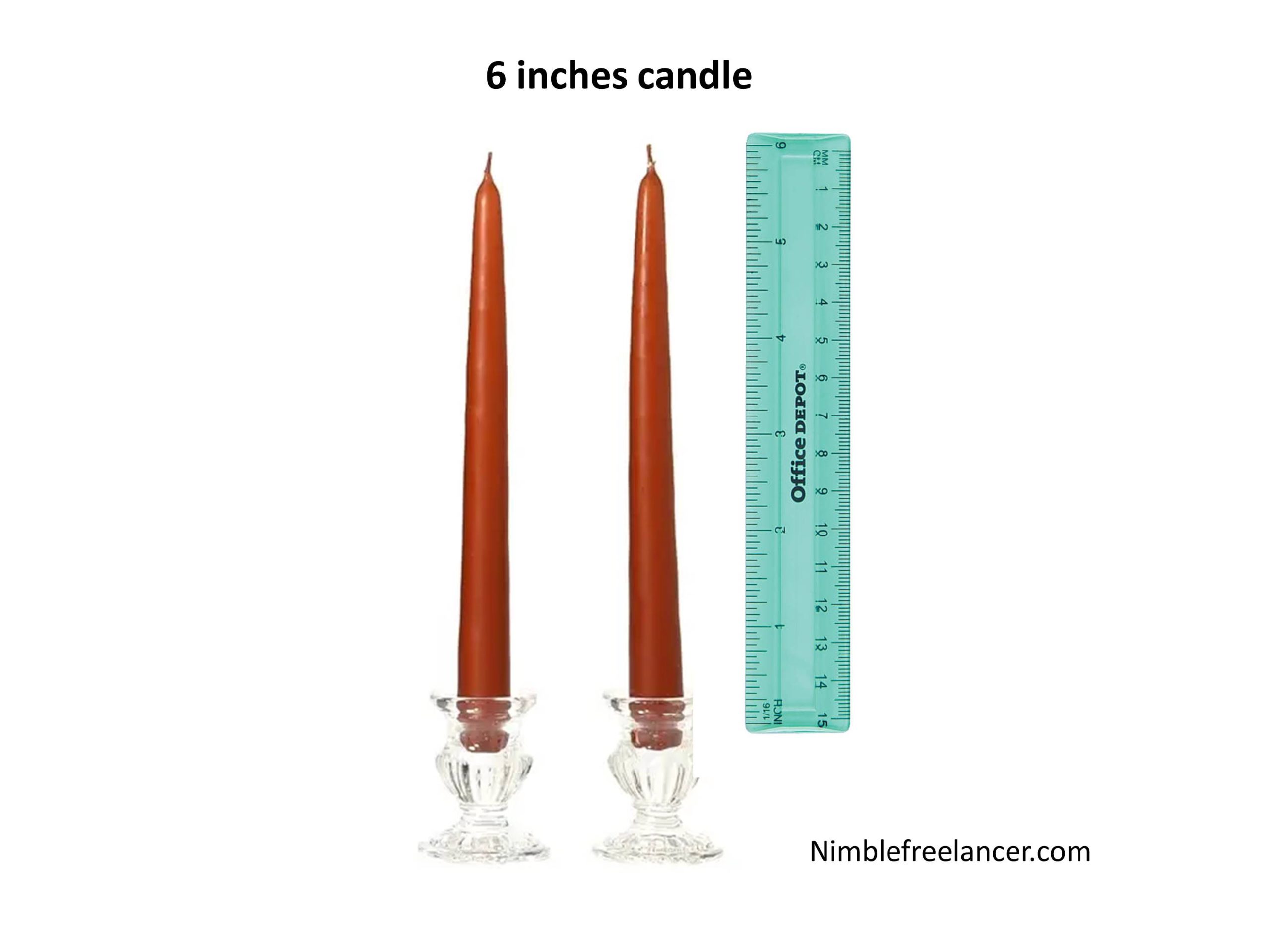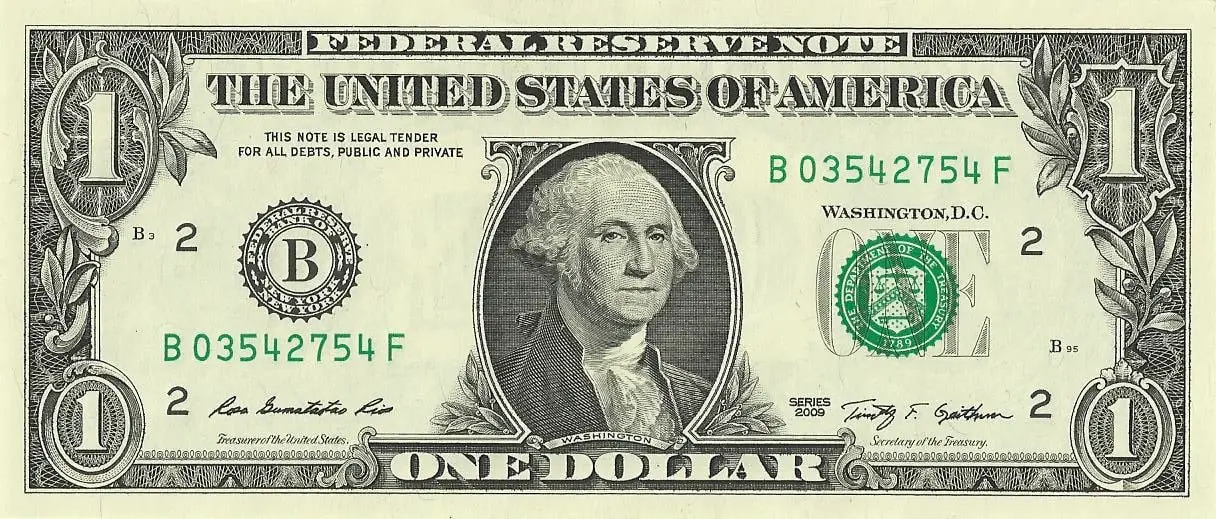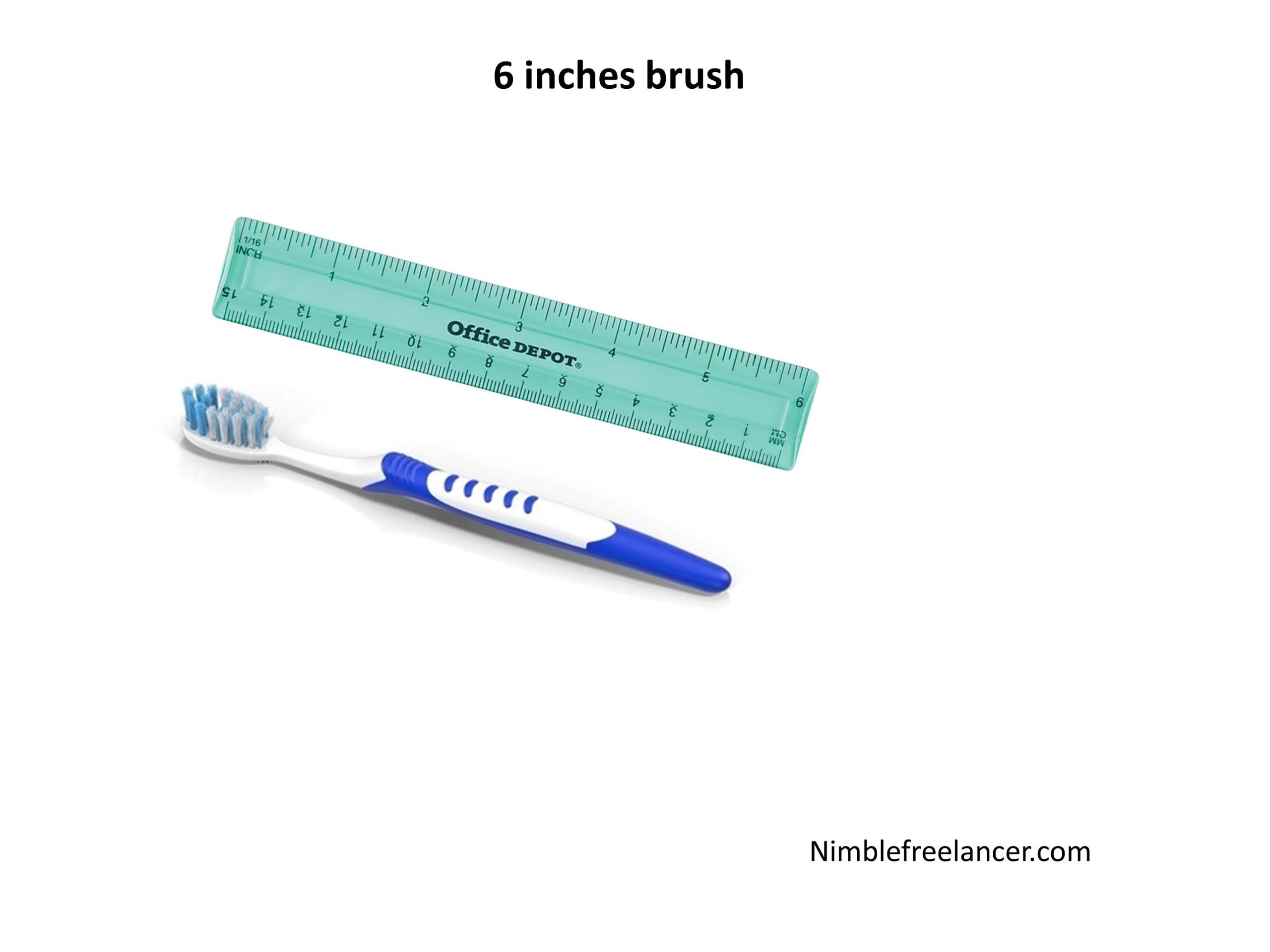Six inches is a length that equals 15.24 centimeters or 152.4 millimeters, commonly used in the English measurement system. It is equivalent to 1/16 of a foot, 0.1574803149606299 of a meter, or 1/129600 of a mile. This measurement is often utilized when talking about small objects, such as nails and screws, as well as more oversized items, like the height of some shelves and desks.
One valuable item that typically measures 6 inches in length is a ruler. Rulers are helpful for multiple purposes, such as calculating an object’s size, determining angles, and drawing straight lines. They’re available in both wood and plastic varieties, with many featuring metric and imperial graduations on both sides for easy reference when working on projects requiring different measurements. To learn what 5/8 inches is on a ruler, read our article.

Another example of something that measures 6 inches is certain types of scissors used for craft or office work. These scissors feature short blades that measure 6” in size and have fine points at the tips for precise cutting around intricate patterns or shapes. Craft or office scissors may also have ergonomic handles designed for comfortable usage over long periods.
Yet another common item with a length measuring 6” is screwdrivers with interchangeable heads (or bits). These particular tools come with either flat-headed or star-shaped (Phillips) bit tips, which can be changed depending on the type of fastener that needs to be removed or installed while using the same handle portion between them all. This allows users to interchange bits quickly without purchasing multiple individual screwdriver sets for each type of head design needed when working on DIY projects at home or job sites.
In addition to these items, numerous other examples are found within homes and businesses that measure 6 inches in length, from drills and masonry chisels to kitchen knives and forceps (or tweezers). In essence, this size is one of the most commonly used lengths requested when looking for hand tools due to its wide variety of applications related to various tasks around the house or workplace while still being small enough not to take up too much space in drawers and toolboxes.
Six inches is a standard unit of measurement. It is a significant length and width segment, a fundamental part of the imperial system. A single inch equals one thirty-second of a yard, making it even more critical.
In terms of everyday objects, six inches can be pretty small yet still very significant. It may not seem like much, but given its relative size compared to other units of measurement, six inches can be surprisingly substantial. For example, many laptops, such as tablet computers and smartphones, which most people carry regularly, are approximately this size. In addition to these electronic devices, other everyday items such as rulers, erasers, and softcover books are typically about six inches long or wide.
Regarding human anatomy, six inches is lengthy for specific body parts such as fingers or toes. Furthermore, it’s slightly larger than the average length of a human nose, which typically ranges from 2 to 3 inches long depending on gender and ethnicity.
The subjectivity behind determining how big something is can vary wildly depending on perspective. To some people, 6 inches may seem a little, while to others, it may appear very large indeed; however, when placed against other more meaningful forms of measurement, such as miles or kilometers, it quickly becomes apparent that 6 inches aren’t quite as expansive as they once seemed.

The size of 6 inches is ubiquitous in various items, from everyday objects to kitchen utensils. One of the most common items bearing this measurement is the United States one-dollar bill, which measures 6.14 inches in length and 2.61 inches in width. Unsurprisingly, a popular food item like the hot dog usually measures a standard 6 inches long.
In addition to these two more obvious examples, many other items, including toothbrushes and chef’s knives, share the exact size measurement of 6 inches. The standard size of a toothbrush is typically 6 inches long, while some may vary slightly; however, they tend to remain within this range so as not to become too unwieldy for use. As far as chef’s knives are concerned, most are between 5 and 6 inches long; therefore, 6 inches becomes the most common size for such an essential kitchen tool.

Countless other objects measure at this exact size or may be slightly longer or shorter than six inches. Examples include screwdrivers and spoons; screwdrivers may measure up to 8-10 inches long, while teaspoons often measure 3-4 inches long, with dinner spoons ranging from 4-6 inches depending on manufacturer and style preferences. Other household objects, such as rulers and coffee mugs, come in various sizes. Still, they frequently have dimensions around six inches to fit comfortably in one’s hand or provide adequate space measurements when needed.
At its core, it is clear that six-inch measurements are pretty pervasive throughout our day-to-day lives. It is easy to overlook how many things contain this universal size ratio until further examination. This indicates just how important this measurement can be when it comes to producing items with maximum efficiency or convenience for those who use them regularly or need them for specific purposes; clearly, the majority of people would prefer not having overlarge objects taking up too much room or becoming cumbersome during use due to their extensive nature! Therefore, it seems reasonable that designers and manufacturers continue utilizing six-inch measurements whenever possible for our convenience and practicality’s sake!
To conclude then – though 6 inches doesn’t seem like much when compared directly against other forms of length or width (such as yards), within our daily lives, they become considerably more significant in terms of their use with regards to tangible items like laptops or tablets and also measurements related to human anatomy such as noses or fingers etcetera. Therefore, when asked ‘how big are 6 inches?’ the answer ultimately lies within the eye of the beholder – but one thing remains certain: it has immense value nonetheless!
- Facebook Ads to Get Followers! - December 27, 2024
- ClickUp vs. Slack - December 20, 2024
- Mastering E-Commerce Analytics: A Blueprint for Success






